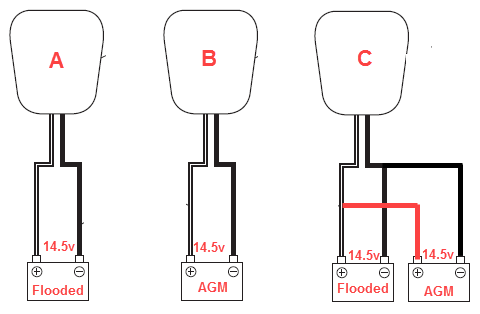Originally posted by boscoe99
View Post
I am sure gel cells are a little different too, most have set voltages for stand by and cycle usage.
float, equalize, and just nominal cell voltages are different for different material make up of cells
So I could see how mixing some batteries on the same charge system could be a problem.
I am not sure I would want to be in a boat off shore with lithium batteries on board if they decided to burst into flames.
just like I would not like to be in a plane up in the sky with them.
as long as I could quickly stop and get off/away safely on dry land I am good with those at this point.


Comment